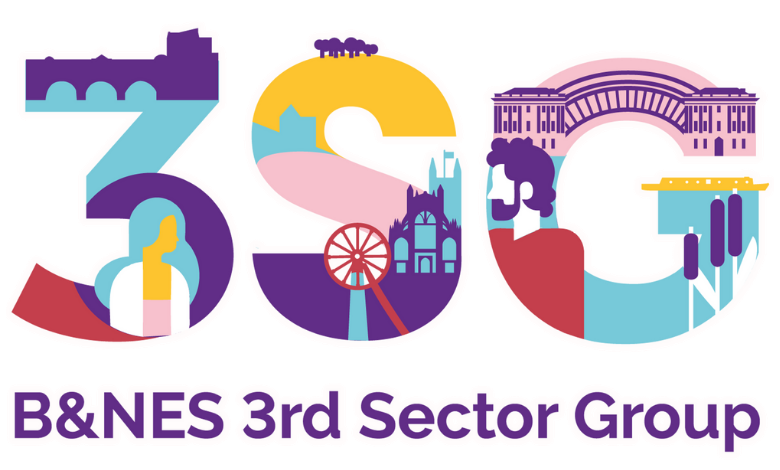10 ways to make digital communications more accessible
- Simon Prutton

- May 27, 2021
- 3 min read
Updated: Aug 17, 2022

Digital accessibility has never been more important, with online communications and service replacing many of the traditional methods utilised by charities before the pandemic. As organisations that support the community, it is vital that messages and advice are received and understood by all those who may benefit from the service being offered. Not only this but accessible communications is paramount for both external and internal comms in order to ensure colleagues and teams are able to work effectively with one another.
Below are ten tips on accessible communications that Charity Digital has provided. The UK Government has also provided some helpful resources on inclusive communication, which can be found here.
Please do get in touch with us (contact@3sg.org.uk) if you have any tips, questions or would like to help support local non-profits to be more inclusive in their communications.
Use plain and simple language
Using language that is easy to understand will help you reach more people, whether they have accessibility needs or not. Any barrier, such as an unfamiliar word, may stop someone reading on through a post, article, or paper. To use one example, Human Rights Watch produces easy-to-read versions of their complex research reports.
Use simple fonts
Blind and partially-sighted people may be using screen readers to access your content. Screen readers are set up to read basic fonts, but not the more elaborate ones. Recite Me have a useful accessible fonts guide.
Use alt text for images
Most websites, blogs, and social media platforms will offer you the option to add ‘alt text’ to your images. Be specific about what the image shows, describe the image briefly, and include any text in the image. You can include keywords for SEO, but these must be in context and included in a sentence, not a list. The primary purpose of your alt text is to support accessibility.
Tag people and organisations in images
Tagging people and organisations in the images you post, particularly on social media, will support understanding. Users can click through to individuals and organisations to better understand who they are and how they relate to your content.
Keep text on graphics minimal
Try not to include too much text on graphics. On social media, include the most important information in your caption or tweet and use the alt-text option or a line in your caption to describe any graphics that reiterate or elaborate on your point.
Explain GIFS and videos
GIFS with words cannot always be read by screen readers and videos without captioned speech also need explanation. Use alt-text or a line in your caption or tweet to explain your GIFs or videos. For videos you can also use voice-overs to describe what the video shows.
Use camel case for hashtags
If you are writing a hashtag such as #BeMoreDigital, capitalise the first letter of each word to make sure it can be read easily and so that each word can be picked out by screen readers.
Use emojis once
A screen reader will read the meaning of an emoji aloud, so if you repeat the emoji, it will be read repeatedly. For example, “Charity Digital ♥♥♥” would be read as “Charity Digital heart heart heart”. Avoid using strings of emojis for the same reason.
Use captions or auto-captioning for video, lives and webinars
You can commission a transcript for your video from services like VEED transcription tool, Rev and upload the .srt file provided to YouTube or Vimeo. Services like Kapwing or Headliner offer AI or self-transcribe options for videos. On social media, Facebook has a live auto-captioning service.
For webinars, you can switch on closed captioning in the account settings on Zoom and then invite a participant (best added as a panelist) to type live captions or copy an API token for an AI live captioning service like Otter.ai.
Content or trigger warnings
Flashing content may prove dangerous for people with epilepsy. For example, anything that flashes more than three times in a one second period.
Content describing or referencing violent incidents may be triggering for people who have experienced a related trauma. Using a content or trigger warning will allow your audience to make informed choices about what they view and read.
Too often accessibility is an afterthought when it should be embedded in the way we create digital content. Charities in the UK have a legal responsibility not to discriminate on the basis of disability and there are excellent resources available within the sector from RNIB, RNID, Epilepsy Action, Ability Net, and others to help.
With diverse teams, training, and specific goals around accessibility we can raise standards in our digital communications and reach more of the people who need us.
Link to original article here, written by Helen Olszowska




Comments